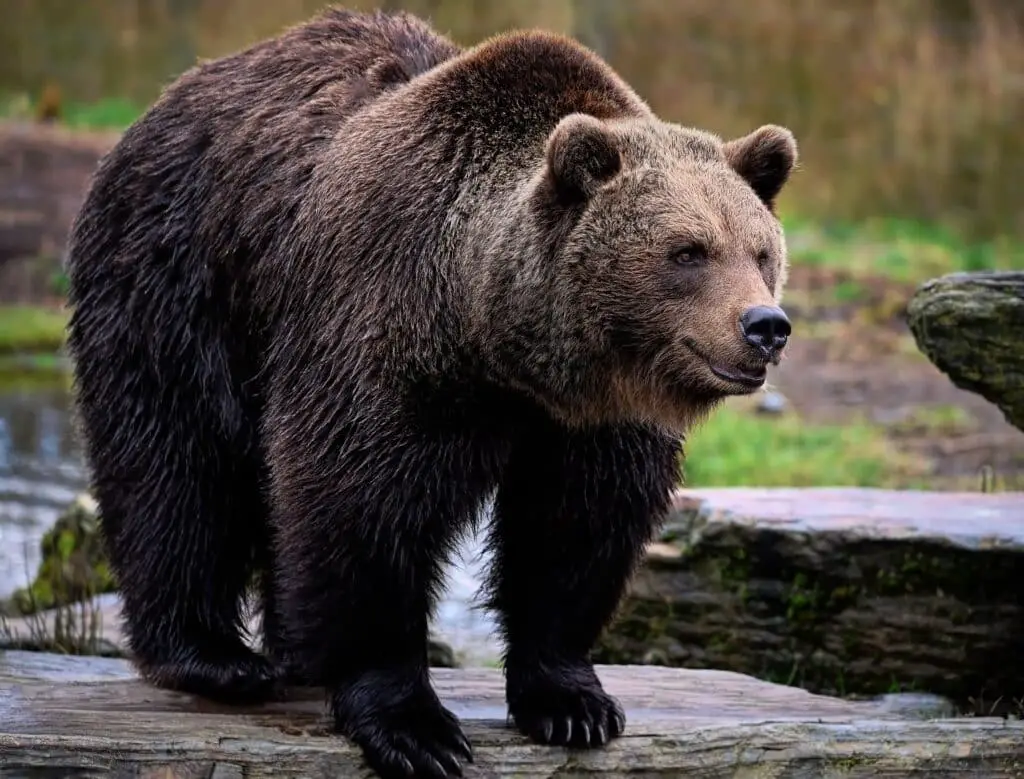Unveiling the Majestic Siberian Brown Bear
Imagine the taiga’s hush, the mighty conifers rising like nature’s spires, and amidst this wild, russet expanse ambles the grand Siberian Brown Bear.
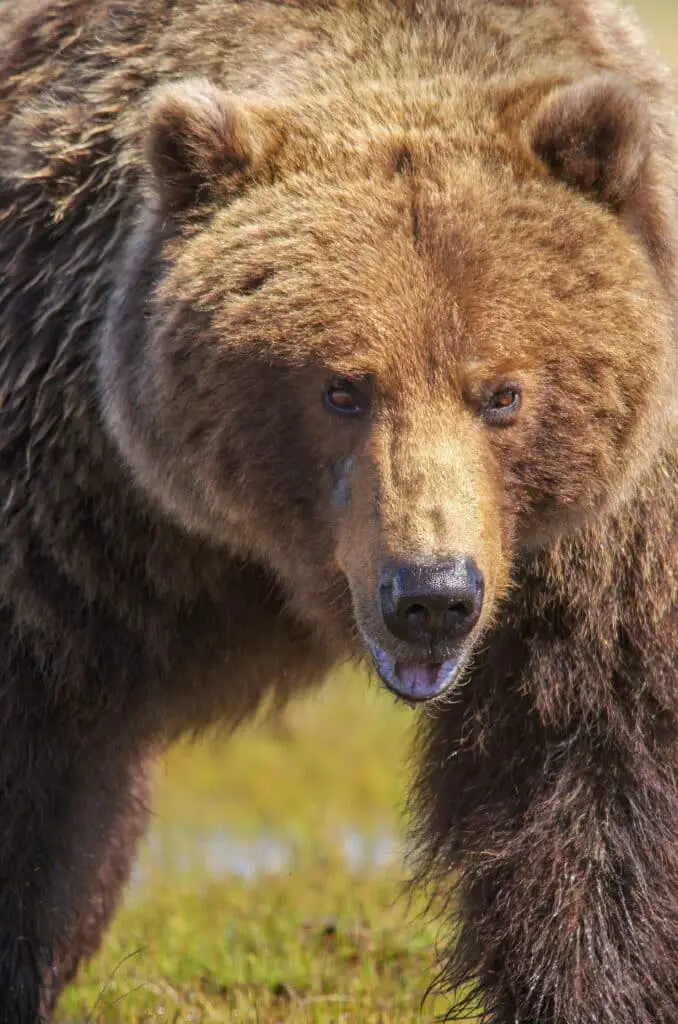
Commonly known as the Eurasian brown bear, Ursus arctos collaris, is a goliath of the bear family, roaming the broad swathes of wilderness extending from western Russia to the Siberian taiga.
Their presence is as significant to the ecosystem as their absence would be alarming, a truth born from their role as apex predators.
Physical Characteristics and Size
The Siberian Brown Bear is a robust creature with a formidable build.
Males can tower at over 2.5 meters when standing and weigh between 180 to 360 kilograms, with females generally being smaller.
Distinguishing Features: What Sets Them Apart
These bears bear a dense fur coat ranging from dark brown to sandy blond, aiding them in the frigid temperatures of their habitat, protecting them from Siberia’s harsh winters and summers thick with pests.
Powerful limbs culminate in non-retractable claws, perfect for digging and climbing, and their humped shoulders spotlight a musculature developed for survival.
Diet: A Varied Palette of the Siberian Taiga
Opportunistic omnivores, Siberian Brown Bears, feast on a wide diet.
They savor berries, roots, and pine nuts, supplementing these with protein from fish, especially during the salmon run, and, occasionally, ungulates like deer.
Habitat: The Wild Realm of the Brown Bear
Their sprawling domain encompasses the Siberian taiga, a forested landscape diverse with foliage and secretive clearings, where sunlight sieves through pines and larches to speckle the earth.
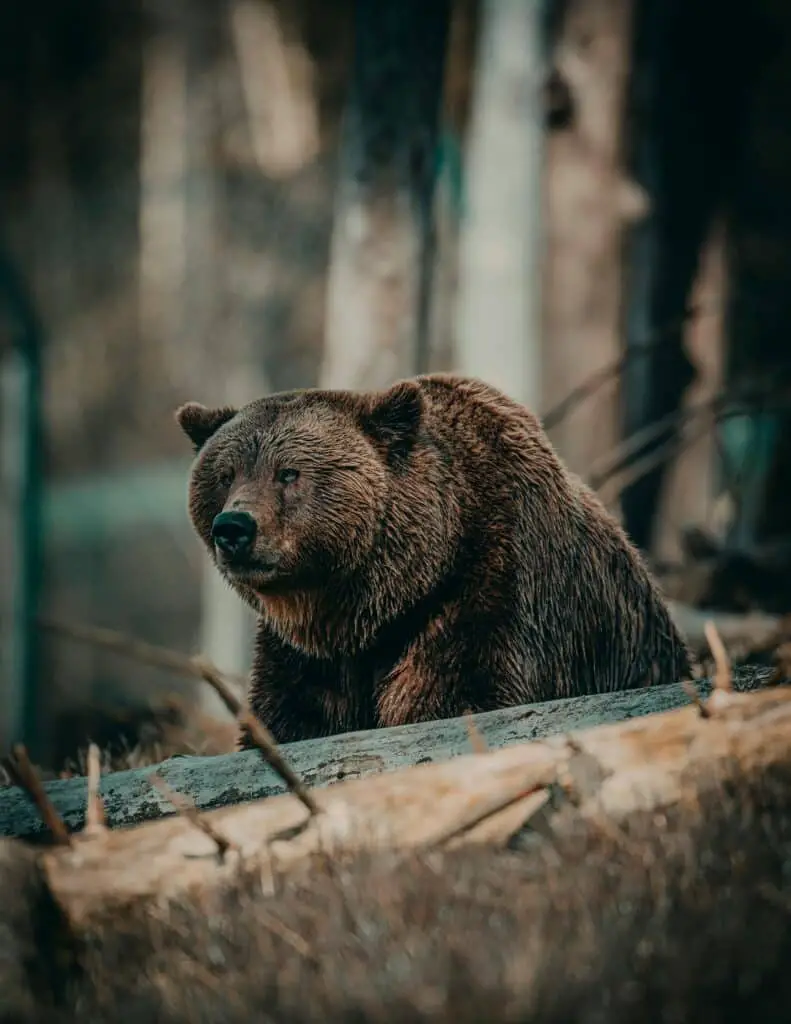
Adapted to the cold, they make dens for hibernation, often nested on high grounds or within thickets for concealment.
Reproduction and Offspring: Ensuring the Next Generation
During May, as spring perfumes the taiga with fresh life, mating begins.
Pregnancy lasts about 6 to 9 months, climaxing in the birth of one to three cubs during the mother’s winter hibernation in the den, a serene cradle amidst the tumult outside.
Behavior and Social Structure: The Solitude of the Taiga’s Giant
Siberian Brown Bears are mostly solitary, each bear establishing and patrolling its territory, which can stretch up to several hundred square kilometers.
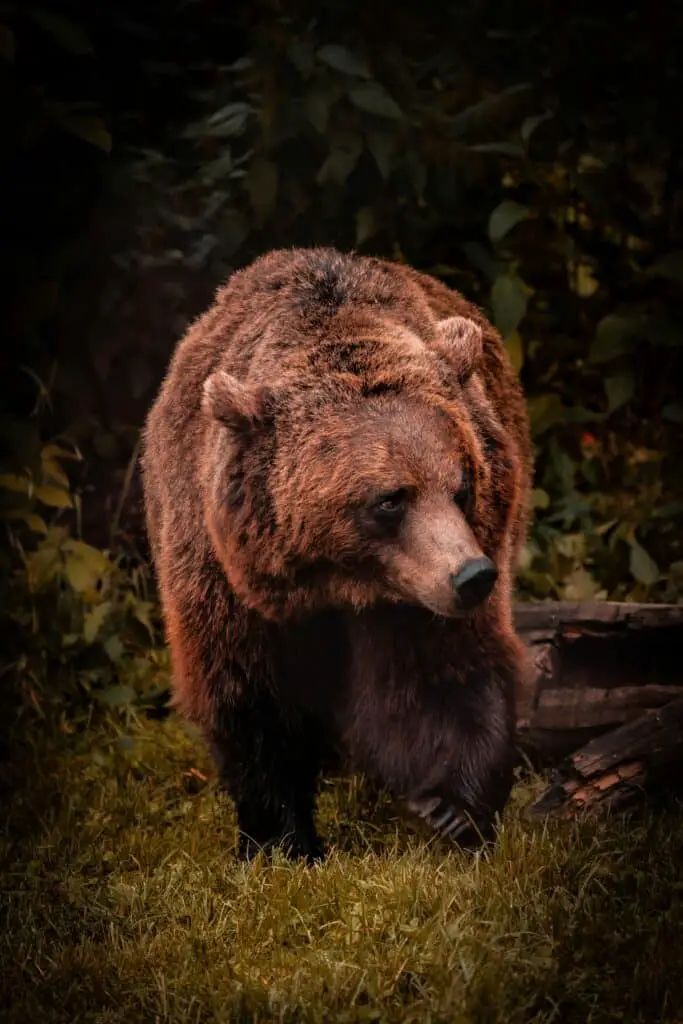
During the peak of the salmon run, however, they can be found congregating by rivers, the need for sustenance momentarily bridging their solitary nature.
Conservation Status: Challenges the Species Faces
Although not currently endangered, their well-being teeters under the threats of poaching, habitat destruction, and conflict with local communities.
Efforts have been made to curb these threats with conservation programs which monitor populations and limit hunting through stringent regulations.
Predators: At the Top Yet Not Without Worry
As an apex predator, the Siberian Brown Bear faces few threats from wildlife, but young cubs are vulnerable to predation by wolves or even other bears.
Their real adversary is humanity’s encroachment upon their natural abode.
What Does the Siberian Brown Bear Symbolize in Culture?
In Siberian culture, they are venerated, often seen as a symbol of strength and endurance.
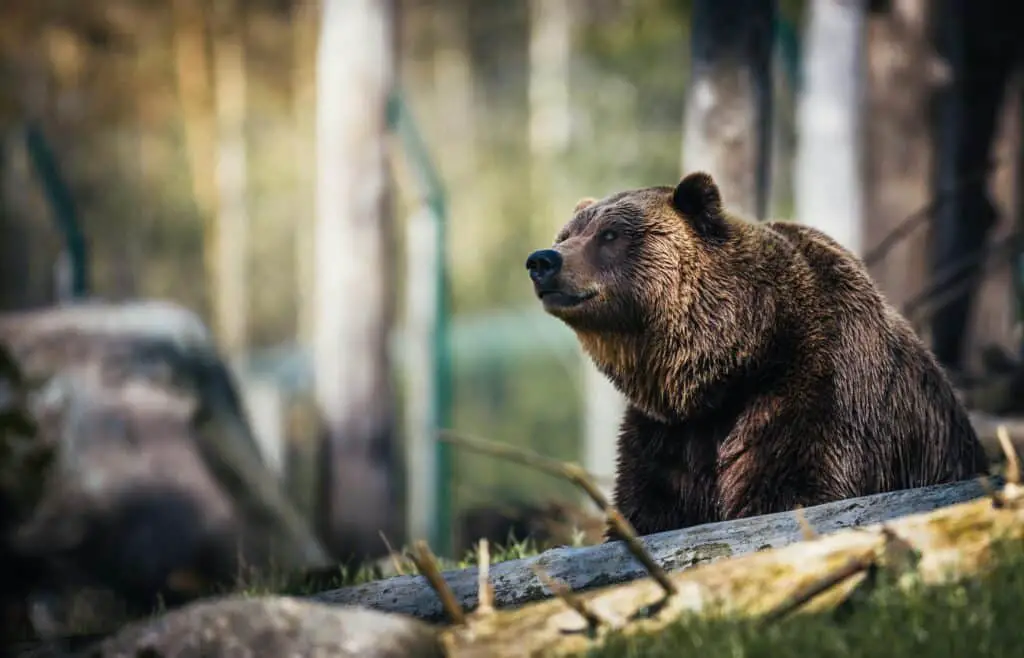
These bears are woven into the tapestry of local lore, revered as spirits of the forest and featured prominently in rituals and stories spanning generations.
Viewing Siberian Brown Bears: Engagement with Respect
For those wishing to observe these majestic creatures in their natural realm, caution blends with awe.
Ecotourism ventures allow people to witness them first-hand while treading lightly upon the bear’s domain, upholding a sacred balance between curiosity and conservation.
The Importance of the Siberian Brown Bear to the Ecosystem
Acting as seed dispersers and regulators of prey populations, these bears contribute to the delicate equilibrium of their habitat.
Each claw mark on a tree, each padded footprint on the forest floor, scribes their integral role in sustaining the diversity of the taiga’s life web.
Frequently Asked Questions About the Siberian Brown Bear
What is the average lifespan of a Siberian Brown Bear in the wild?
A Siberian Brown Bear can live up to 25 to 30 years in the wild.
At what speed can a Siberian Brown Bear run?
In short bursts, they can reach speeds up to 50 kilometers per hour, which surprises many given their size.
Is it safe to camp in areas known to be inhabited by these bears?
It is possible but requires careful planning, precautions to avoid attracting bears, and an understanding of bear behavior.
What time of year is best for seeing Siberian Brown Bears in their natural habitat?
Late spring through early fall is ideal, as bears are active post-hibernation and prepping for the following winter.
Can Siberian Brown Bears coexist with humans?
Yes, they can, provided there are established boundaries and respect for their natural behaviors.
Tracking and Observing the Siberian Titan
To track a Siberian Brown Bear is to engage in a delicate dance with nature.
Trails laden with paw prints or upturned soil where they’ve foraged provide narrative breadcrumbs for the observant tracker.
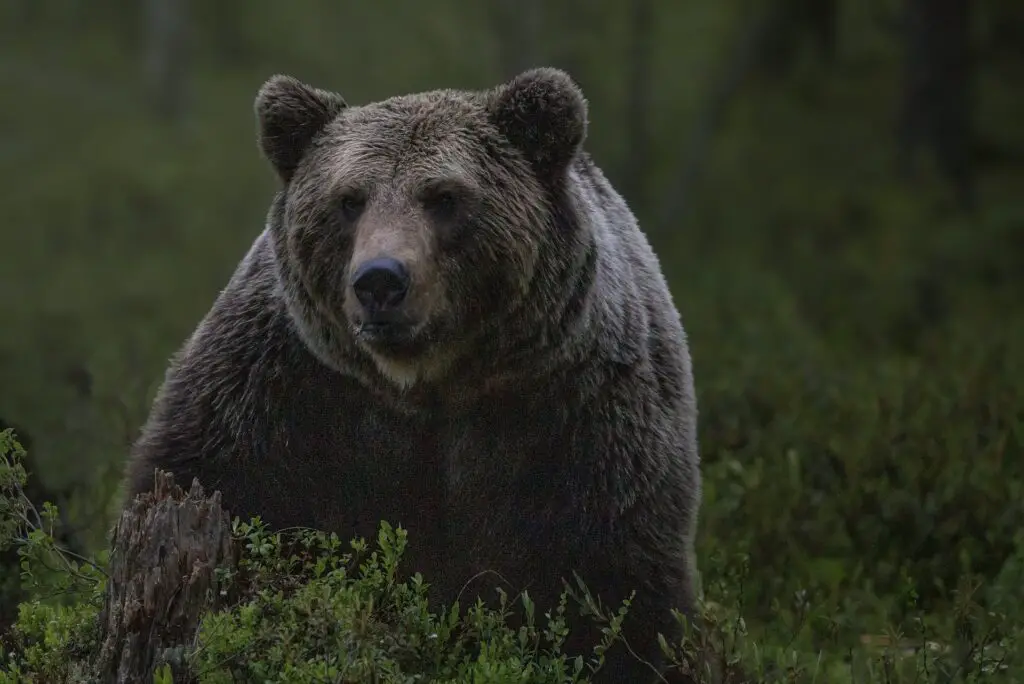
As you gauge the size of a paw print or the depth of a claw mark, a vivid image of the bear’s last passage emerges.
The Quiet Diplomacy of Living Alongside Bears
Villages dotting the outskirts of the bear’s territories have long forged an uneasy peace with these hulking neighbors.
By securing waste, investing in bear-proof storage, and educating locals, human-bear conflicts can be minimized, cultivating a shared landscape where both can thrive.
Moreover, understanding the biology and behavior of bears is paramount to this coexistence.
The Bear’s Annual Cycle: A Rhythm of Survival
Driven by the rhythmic changes of the seasons, Siberian Brown Bears lead a cyclical existence.
From the reclusive hibernation in winter’s grip to the urgency of fattening up in autumn’s bounty, each chapter of the year dictates their crucial life activities.
The survival of each bear is a testament to its ability to synchronize with the ebb and flow of the natural world around it.
Human Influences: The Tug-of-War with Wilderness
The encroachment of human activities poses a persistent threat to the bear’s domain.
Deforestation, mining, and urban expansion disrupt the continuous habitat essential for roaming, feeding, and breeding.
Conservation efforts and sustainable practices become vital to ease this tension and ensure the bear’s longevity.
Encounters: With Rightful Respect and Forethought
Encounters with Siberian Brown Bears, while rare, are instances fraught with palpable tension and towering awe.
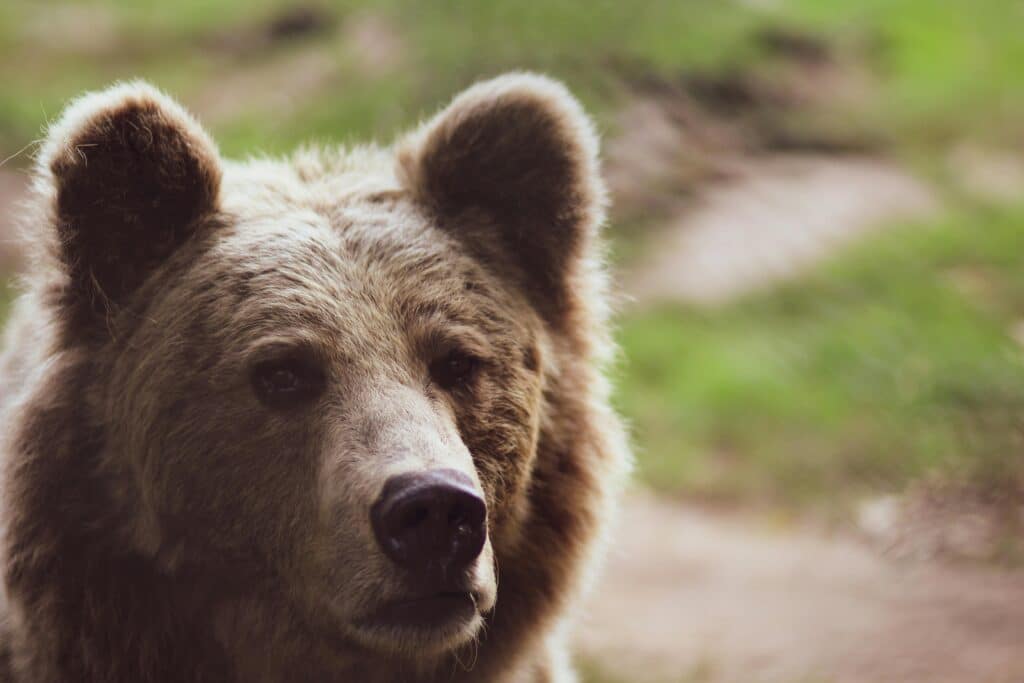
Education on how to behave in the unlikely event of an encounter can mitigate potential dangers and leave both human and bear unscathed.
Guides with expert knowledge can provide the safest and most respectful ways to observe wildlife, bear or otherwise.
Cultural Interactions: From Fear to Fascination
Once feared as brutish beasts, our understanding and appreciation of these bears have evolved markedly.
Through conservation and education, fear has been transmuted into respect, and the bear’s place within our world is now celebrated, reflected in today’s wildlife documentaries and research.
Cultural narratives and mating rituals have shifted from hunting trophies to conserving biodiversity.
Research and Scholarship: Gathering Bear Knowledge
Scientific research sharpens our comprehension of bears and their needs, guiding conservation.
Studies extend from dietary habits to reproductive cycles, painting a clearer image of their lives and informing policies to protect them.
Researchers often deploy technology like tracking collars and motion-sensitive cameras to uncover the hidden lives of these forest residents.
Sustainable Tourism: Witnessing Siberia’s Majesty
Responsible tourism that respects the bear’s territory and supports local economies is a growing sector.
It offers adventurers a glimpse of these noble creatures, fostering an ecological conscience that can ripple outward to global awareness and actions.
One such example would be controlled bear-watching tours, designed to minimize human impact while maximizing educational and photographic opportunities.
Action and Advocacy: A Global Responsibility
We all play a role in the fate of the Siberian Brown Bear.
From the practices of corporations to the everyday actions of individuals, each decision can contribute to the preservation or decline of these majestic creatures.
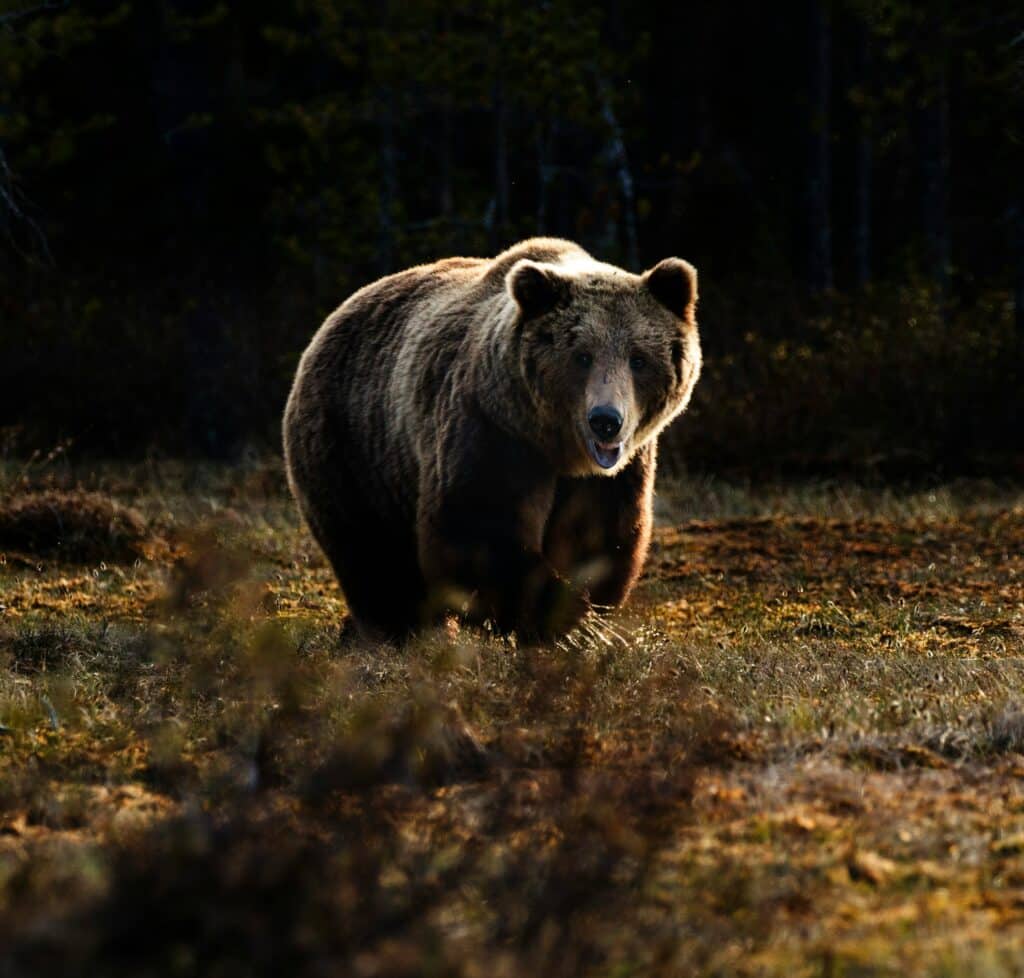
Advocacy for their protection and habitat conservation pivots on global collaboration and a shared commitment to the natural world.
In the Shadow of Giants: Local Legends and Mythology
In the cultures skirting the Siberian forests, bears are not mere animals but akin to deities.
Local legends abound with tales of bear gods and ancestors, embodying wisdom, strength, and the spirit of the wilderness.
These myths remind us of the intrinsic value and reverence these bears have held in human storytelling for eons.
Learning From the Past: Historical Bear-Human Relations
The saga of the Siberian Brown Bear and humanity is as wrought with conflict as it is rich with communal respect.
From indigenous hunting practices to modern conservation, our relationship with bears is a mirror reflecting our changing values and understanding of the world around us.
Learning from this history informs present and future strategies for sustainable cohabitation.
Frequently Asked Questions About the Siberian Brown Bear
How do Siberian Brown Bears communicate with one another?
Bears communicate using body language, vocalizations, and scent markings to convey messages.
What strategies are in place to monitor the population of these bears?
Tracking, genetic sampling, and remote camera trapping are some of the methods used.
How has climate change affected the Siberian Brown Bear?
Climate shifts impact food availability and hibernation patterns, posing a challenge to bear survival.
What efforts are made to educate the public about Siberian Brown Bears?
Wildlife programs, educational campaigns, and bear safety workshops help to raise awareness.
Are there any sanctuaries or rehabilitation centers for Siberian Brown Bears?
Yes, such facilities exist to care for orphaned cubs or injured bears, aiming to reintroduce them to the wild.

